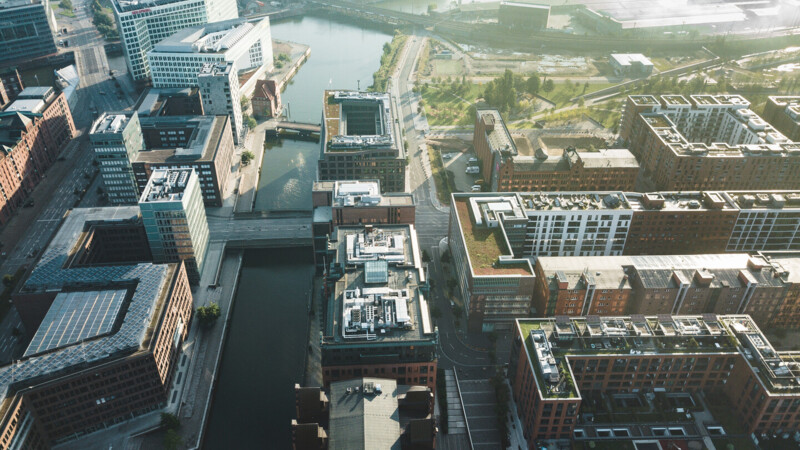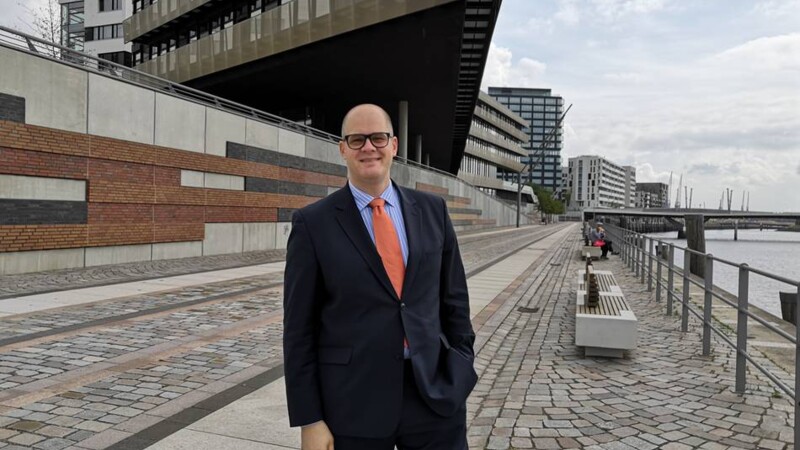Backed by scientists, the city is pursuing various measures to strengthen Hamburg's resilience to climate change. The RainInfraStructure Adaptation (RISA) strategy targeting water-sensitive, urban development and the Green Roof Strategy for Hamburg are among the joint projects undertaken by the Ministry for the Environment, Climate, Energy and Agriculture and HafenCity University Hamburg (HCU). Planting on flat or sloping roofs would held achieve this absorptive effect. "Depending on the type of roof, the greenery and the layer of soil, 50 to 100 per cent of rain could be stored. That definitely works even in heavy rain," said Michael Richter, a geo-ecologist, who researches "Green Urban Infrastructures" at HCU. Richter distinguishes between extensive and intensive roofs. "While undemanding, drought-resistant plants such as stonecrop or sedum can be planted on extensive roofs, almost anything can be planted on intensive roofs and vegetables can be grown as well."
Just days after deadly floods wreaked havoc in the German states of North Rhine-Westphalia and Rhineland-Palatinate, the need for flood prevention and places that can absorb rainwater are gaining importance in the growing, verdant city of Hamburg. Under the Hamburg Climate Plan, as much rainwater as possible would evaporate on site or trickle away to relieve the pressure on sewers and prevent flooding. Basically, the city would be like a sponge.
Co-operation between city and science
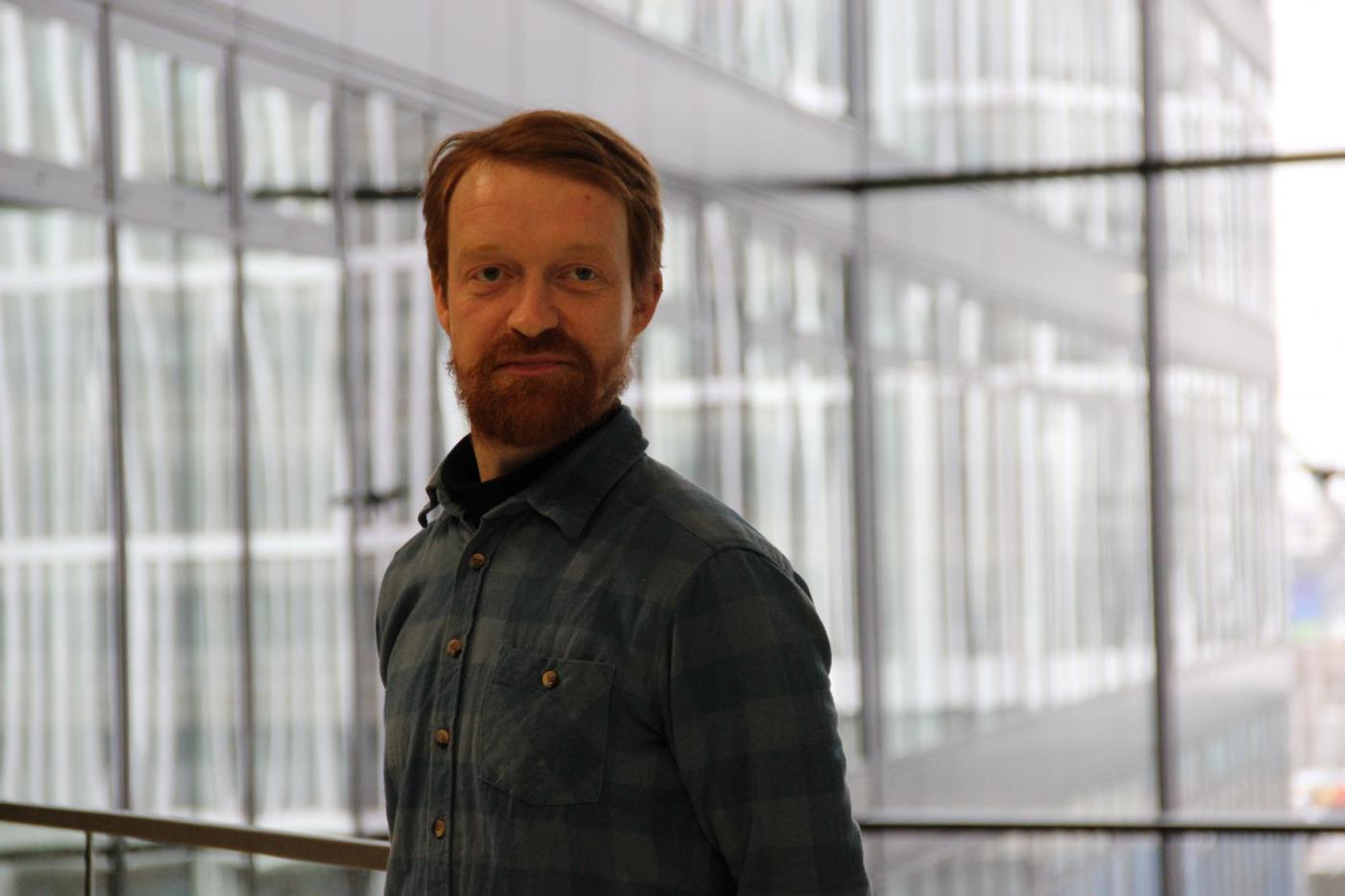
Viable costs of green roofs
The additional burden is not a problem when it comes to new buildings. However, the static of old buildings must be examined. And Hamburg's solar offensive, which mandates photovoltaic systems on the roofs of all new buildings from 2023, does not obstruct plant life in such lofty heights. "The two strategies do not rival each other," Richter stressed. On the contrary, they can be combined by mounting the collectors on stands and letting the plants grow around them. In terms of costs, "green roofs are more expensive, but they pay off in the long run," he noted. Although conventional flat roofs have to be replaced after 20 to 25 years, the additional layer of soil and plants protects the surface. Thus, the roof does not have to be replaced for at least 40 years.

Forecasting heavy rainfall
Green roofs have a cooling effect and act like a heat shield for the interior. The heat is kept out and the inside remains cool which reduces energy costs. Green roofs absorb noise and the plants filter pollutants in the air. "There is also a limited reduction of CO2," said Richter. Green roofs are natural habitats for insects and birds and boost biodiversity in the city. Any tool that mitigates the effects of heavy rainfall is welcome.
Meanwhile, the German government has approved EUR 400 million in emergency aid for the damaged regions in North Rhine-Westphalia and Rhineland-Palatinate where the floods proved deadly and ravaged many homes, businesses and infrastructure. Yet, other cities like Hamburg experience heavy rainfall every year. "That usually occurs on a small scale, but precisely that makes effective forecasting difficult," said Richter. Meteorologists can predict heavy rain, but not exactly where it will occur.

Need for more multifunctional areas
The German Meteorological Service distinguishes three levels of heavy rain. Level 3 indicates an extreme storm with over 60 litres of rain per square metre in six hours. "Heavy rain is not a consequence of climate change, heavy rain has always existed. But climate change leads to an intensification and accumulation of these events." More multifunctional areas are needed as well as green roofs. "Playgrounds or parks could becomes places of leisure and recreation as well as modern floodplains." The Hein Klink Stadium in Billstedt exemplifies multifuctionality. Reopened in June, it now offers ultra-modern, multifunctional sports surfaces and protects the district from flooding thanks to an emergency drainage system during heavy rainfall.
ys/kk/pb
Sources and further information
More
Similar articles
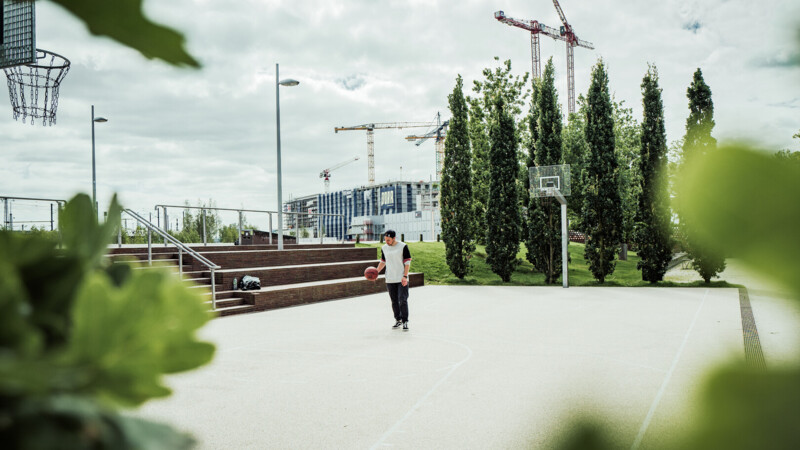
Hamburg earmarks EUR 9.4 million for urban development projects
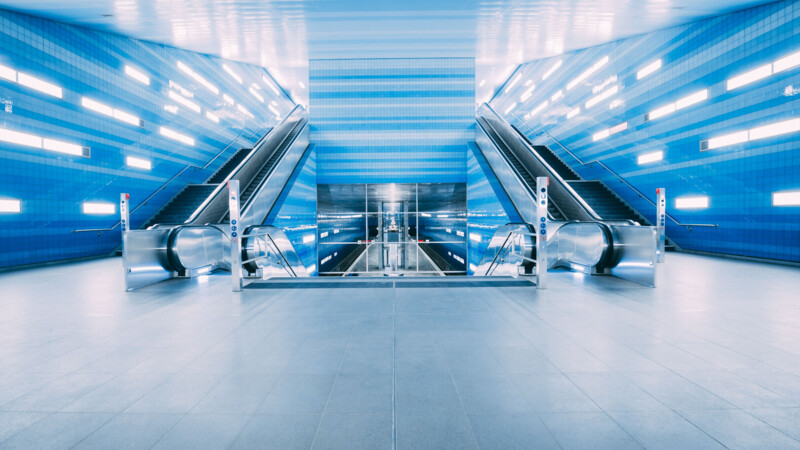
EUR 25 million for HAWICC in HafenCity
